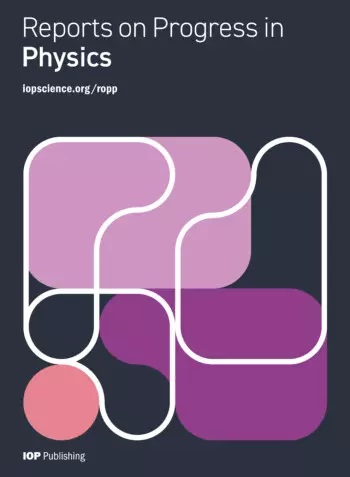小像素红外探测器的挑战:综述
IF 19
1区 物理与天体物理
Q1 PHYSICS, MULTIDISCIPLINARY
引用次数: 181
摘要
在过去的二十年里,人们提出了几个改进红外探测器性能的新概念。这些新概念特别针对所谓的高工作温度焦平面阵列(fpa)的驱动,旨在提高探测器的工作温度,从而降低红外系统的成本。在具有上述百万像素格式的成像系统中,像素尺寸在决定系统尺寸、重量和功耗(SWaP)等关键系统属性方面起着至关重要的作用。更小像素的出现也导致了这些系统的优越的空间和温度分辨率。最佳像素尺寸受到孔径衍射效应的限制,并且反过来与波长有关。本文概述了在FPA设计中实现最佳像素尺寸的关键挑战,包括暗电流、像素杂交、像素描绘和单元读出容量,以实现所涉及的超小间距的足够的调制传递函数。光子探测器和热探测器都被考虑过。关于红外光子探测器,已经研究了两种竞争技术-碲化镉材料系统和III-V材料(主要是势垒探测器)之间的权衡。本文章由计算机程序翻译,如有差异,请以英文原文为准。
Challenges of small-pixel infrared detectors: a review
In the last two decades, several new concepts for improving the performance of infrared detectors have been proposed. These new concepts particularly address the drive towards the so-called high operating temperature focal plane arrays (FPAs), aiming to increase detector operating temperatures, and as a consequence reduce the cost of infrared systems. In imaging systems with the above megapixel formats, pixel dimension plays a crucial role in determining critical system attributes such as system size, weight and power consumption (SWaP). The advent of smaller pixels has also resulted in the superior spatial and temperature resolution of these systems. Optimum pixel dimensions are limited by diffraction effects from the aperture, and are in turn wavelength-dependent. In this paper, the key challenges in realizing optimum pixel dimensions in FPA design including dark current, pixel hybridization, pixel delineation, and unit cell readout capacity are outlined to achieve a sufficiently adequate modulation transfer function for the ultra-small pitches involved. Both photon and thermal detectors have been considered. Concerning infrared photon detectors, the trade-offs between two types of competing technology—HgCdTe material systems and III–V materials (mainly barrier detectors)—have been investigated.
求助全文
通过发布文献求助,成功后即可免费获取论文全文。
去求助
来源期刊

Reports on Progress in Physics
物理-物理:综合
CiteScore
31.90
自引率
0.00%
发文量
45
审稿时长
6-12 weeks
期刊介绍:
Reports on Progress in Physics is a highly selective journal with a mission to publish ground-breaking new research and authoritative invited reviews of the highest quality and significance across all areas of physics and related areas. Articles must be essential reading for specialists, and likely to be of broader multidisciplinary interest with the expectation for long-term scientific impact and influence on the current state and/or future direction of a field.
 求助内容:
求助内容: 应助结果提醒方式:
应助结果提醒方式:


